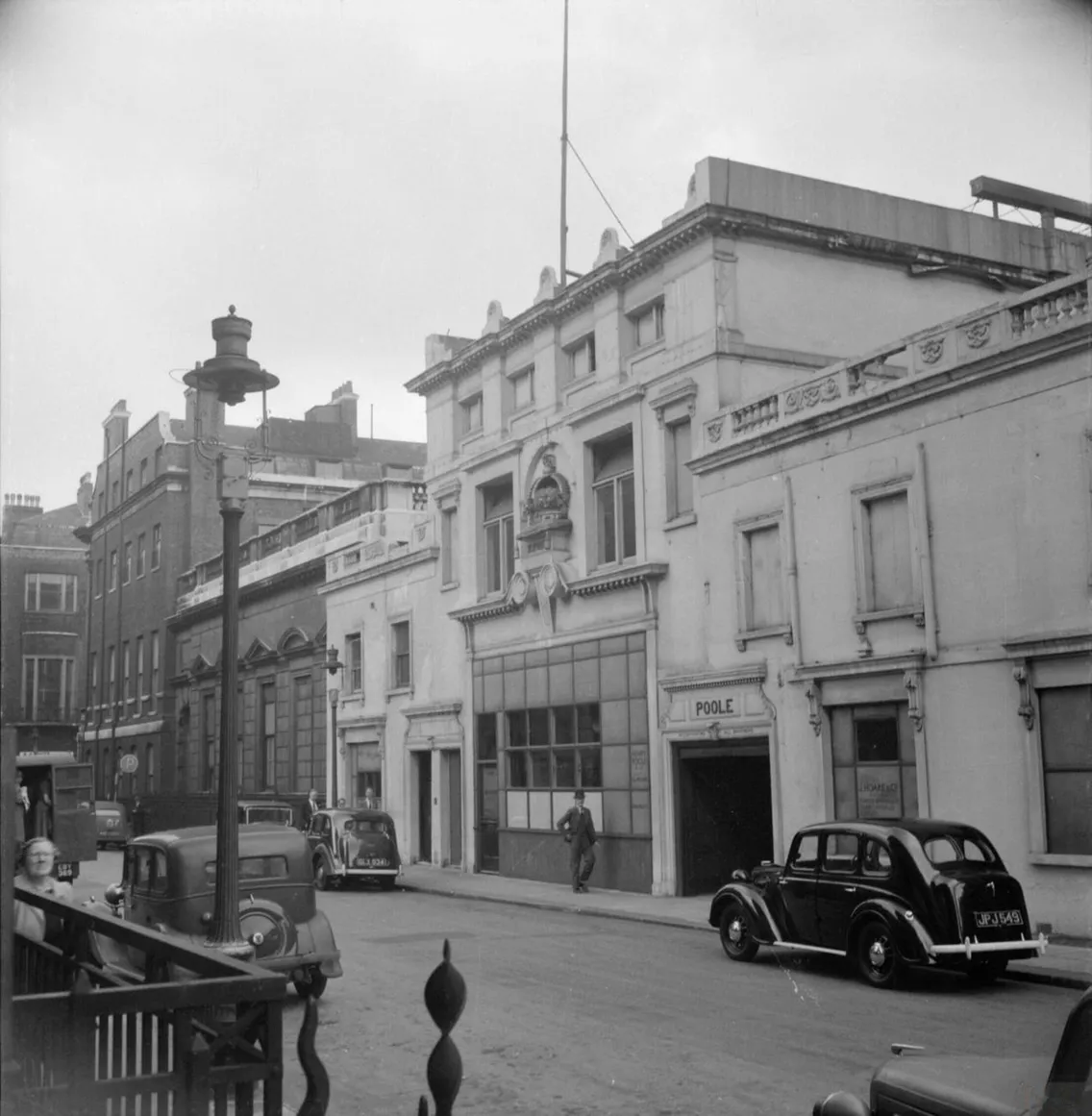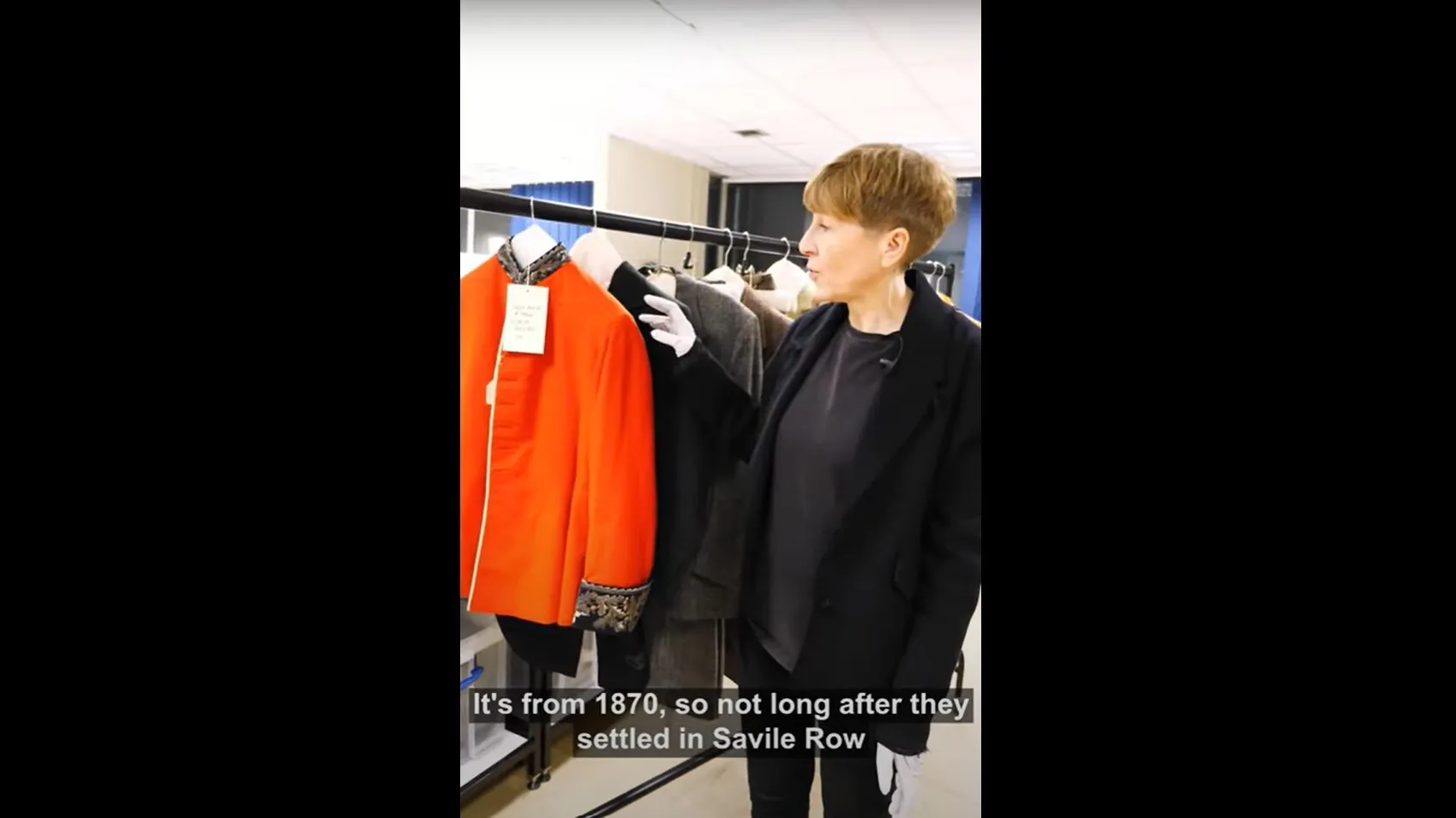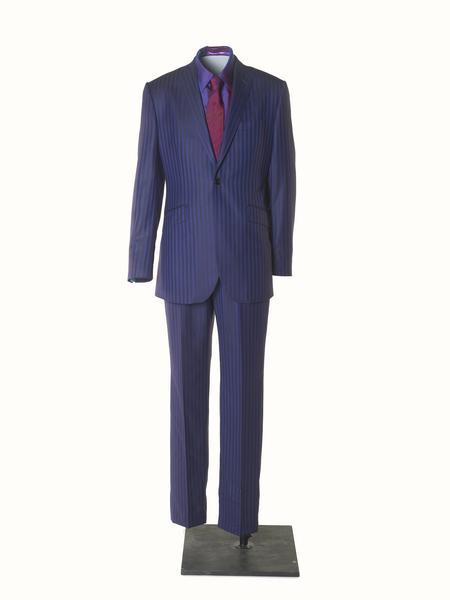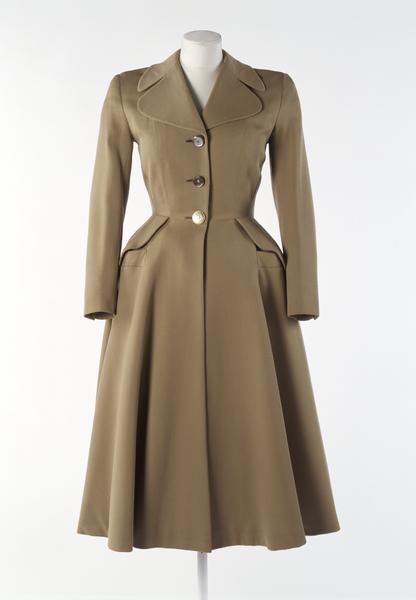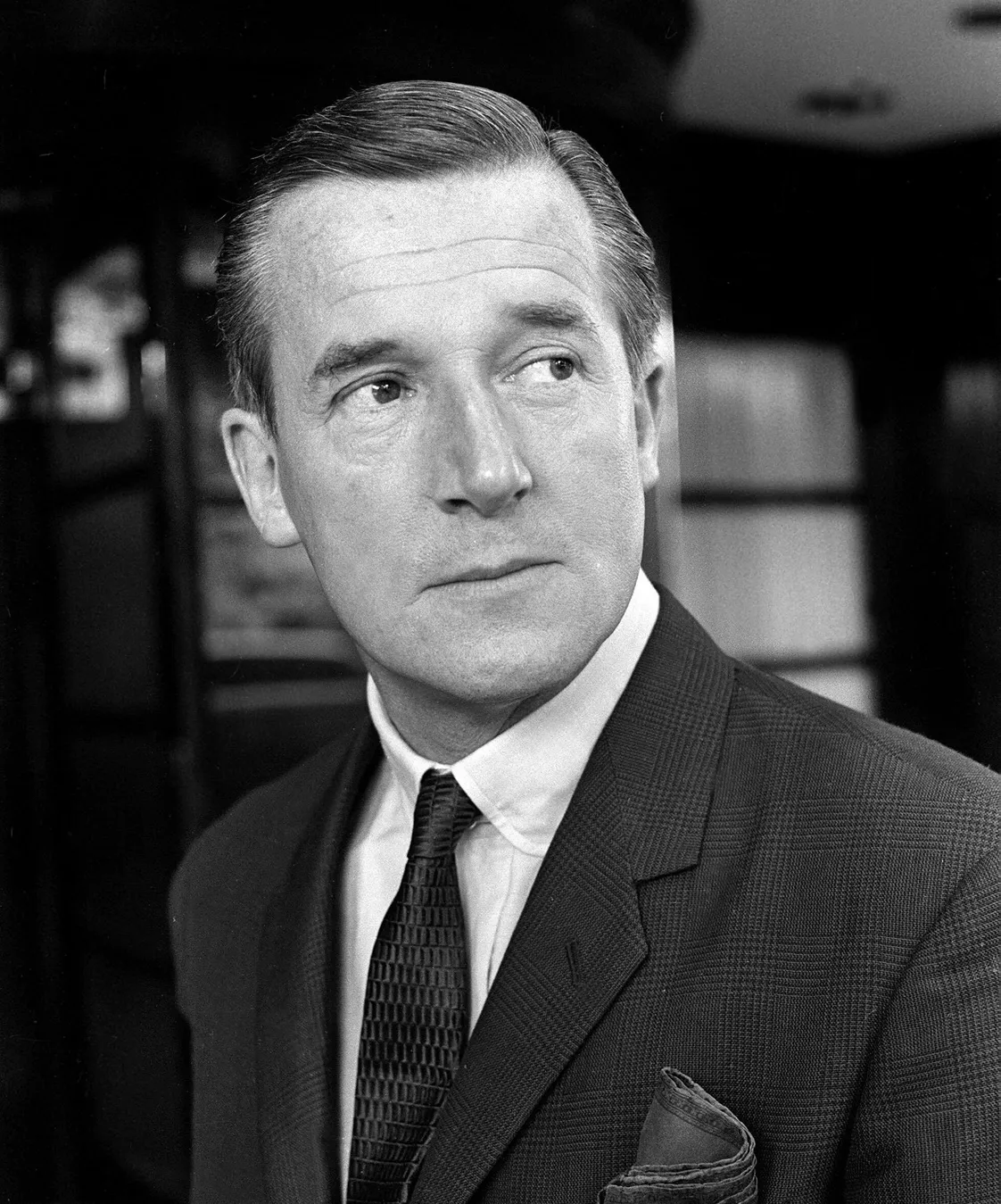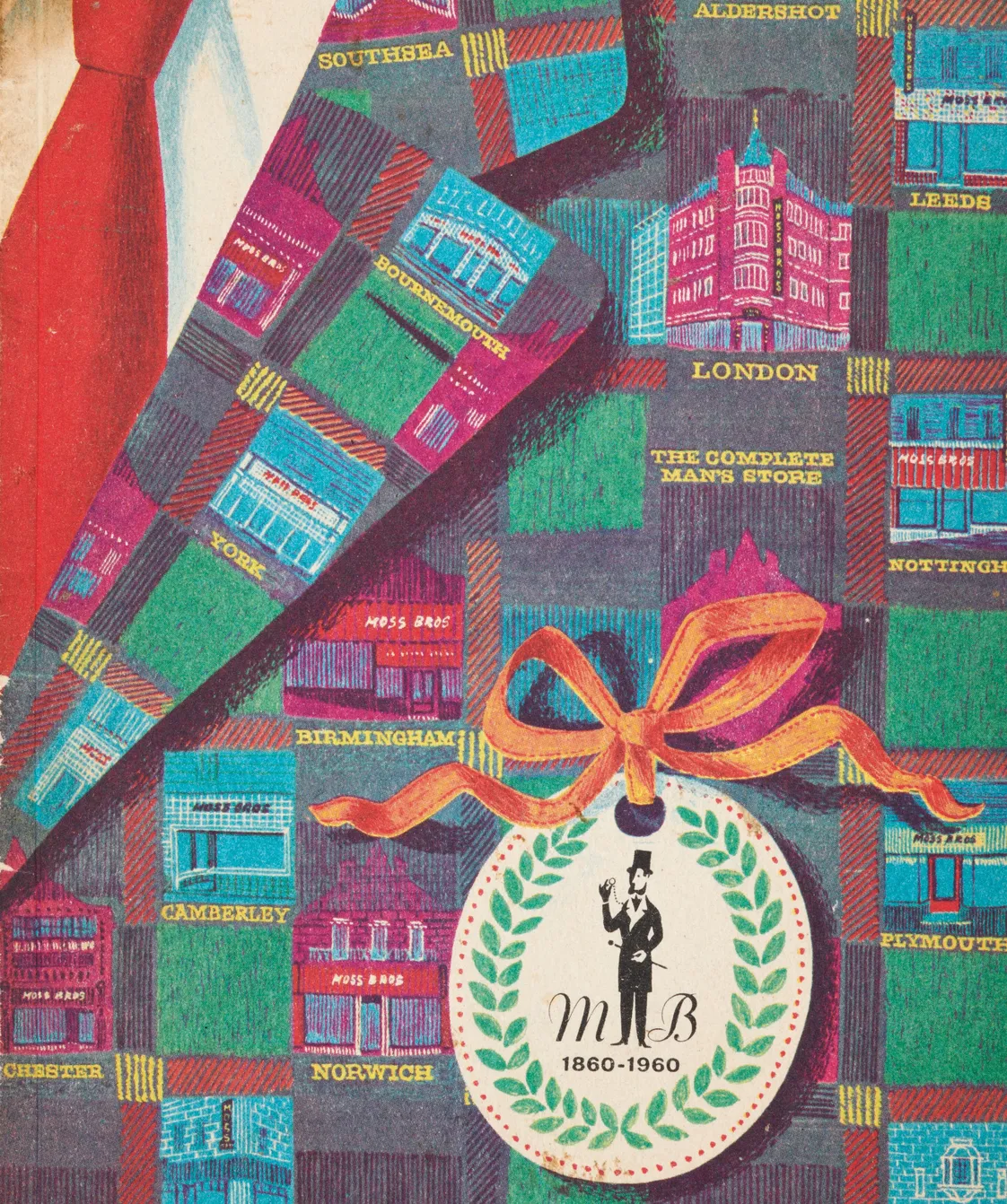Savile Row: The heart of London tailoring
Running parallel to Regent Street in Mayfair, Savile Row has long been the destination for top-quality men’s tailoring.
Mayfair, City of Westminster
Since the 1800s
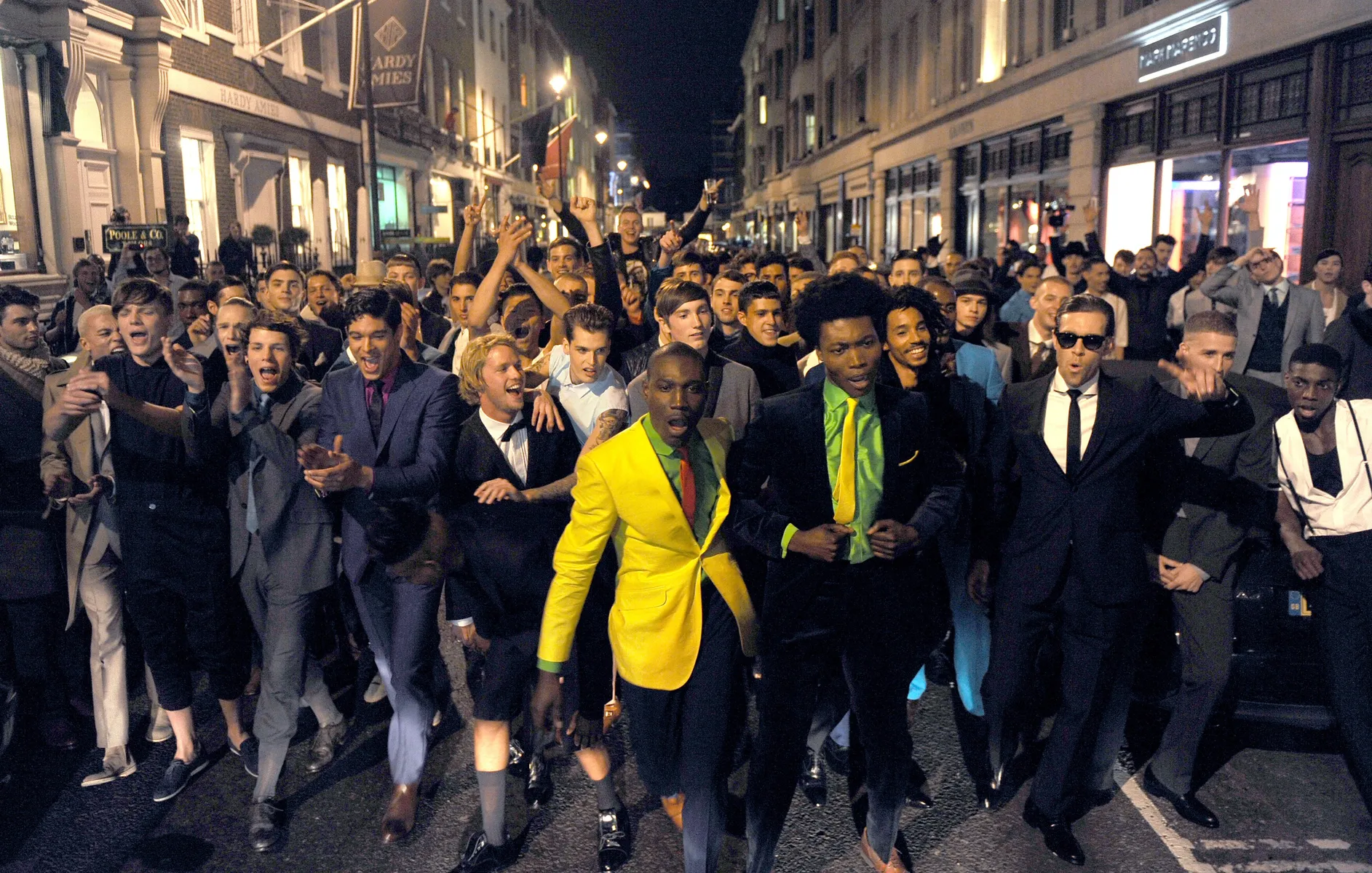
The street serving heads of state and superstars
Politicians, royalty, stars of the stage and screen – many famous names from the past 200 years have been dressed on Savile Row.
The street has been a location for suit makers since the mid-1800s. Most garments made on Savile Row are ‘bespoke’, meaning they’re one-off items made to the measurements and specifications of the customer, requiring several fittings. Tailoring in this way is highly skilled – and comes at a price.
Several businesses have been there for centuries. Others have joined more recently, some with the intention to disrupt the profession. Each company has its own distinctive style and caters for a different clientele. But the Row’s reputation as the place for bespoke craftsmanship is still as strong as ever today.
Tailors move into Savile Row
Savile Row was created in the 1730s as part of the development of the Burlington Estate. The 3rd Earl of Burlington named it after his wife, Lady Dorothy Savile. It became a fashionable residential street, home to military officers and statesmen.
Around the turn of the century, menswear tailors began moving into the surrounding area, drawn in by the wealthy and influential Mayfair residents.
It’s thought that the first tailors to set up shop on Savile Row itself were Henry Poole & Co., at number 32. In 1846, they converted the workshops attached to their 4 Old Burlington Street shop into a grand new entrance on the Savile Row side. Today, you’d find them at number 15.
A close-knit community speaking Savile Row slang
The skills required to be a tailor – among them a steady hand and attention to detail – haven’t always been highly rewarded. Journeymen tailors, those who worked under a master tailor and did most of the handiwork, often worked long hours and were poorly paid. Many were from working class or migrant backgrounds.
“If you’d gone out drinking? You’d be 'on the cod'”
As such a close-knit community, tailors in the area developed their own language. A draft with many alterations and additions would be a ‘Clapham Junction’. A ‘pig’ is an unclaimed garment. And if you’d gone out drinking? You’d be ‘on the cod’. Some of this Savile Row slang is still used today.
A bastion of bespoke in the 20th century
Some of the Row’s key bespoke businesses moved in during the early 1900s. There was Anderson & Sheppard, founded in 1906. Over the decades, the company earned a reputation for dressing both the royals and Hollywood stars, including Fred Astaire and Charlie Chaplin. It remained on Savile Row for almost 100 years before moving to Old Burlington Street.
The 1849-established H. Huntsman & Sons, another Hollywood favourite, moved to its current location at 11 Savile Row in 1919. The company has dressed actors like Gregory Peck and Katharine Hepburn. It also moved into made-to-wear and made-to-measure clothing in the 1960s, and dressed the 1966 World Cup-winning England team.
The Savile Row changemakers
The street remained the stronghold for bespoke menswear after the Second World War. But new generations of garment-makers revitalised the Row with fresh takes on tailoring.
In 1949, Hardy Amies opened his fashion house at number 14. His couture was created for women, including the late Queen Elizabeth, but he later branched out into ready-to-wear for men.
“Tommy Nutter tore up the rulebook”
Then came the ‘peacock revolution’ of the 1960s, where fashionable young Londoners influenced a shift in menswear towards more colourful and flamboyant designs. Many of these new tailors settled in streets nearby the Row. One exception was Nutters of Savile Row, opening at number 35a in 1969. Tommy Nutter tore up the rulebook, infusing bespoke tailoring with the more out-there characteristics of contemporary fashion.

Both Mick and Bianca Jagger wore Tommy Nutter suits on their wedding day in 1971.
Nutters became the haunt of the young and stylish, like Rolling Stones frontman Mick Jagger and model and actress Twiggy. Three of the four Beatles wore bespoke Nutters suits on the cover of their Abbey Road album. The band’s final public performance also took place on Savile Row in January 1969, on the rooftop of their record label Apple Corps’ building.
In 1995, aged just 28, Ozwald Boateng set up his bespoke business on 9 Vigo Street, at the end of the Row. Born in Haringey to Ghanaian parents, he rejuvenated Savile Row with a much-needed youthful energy via the vibrant colours of his suits and linings.


